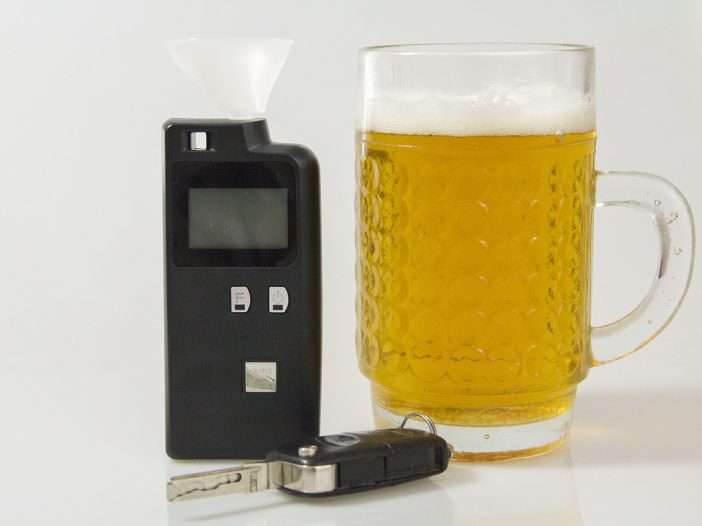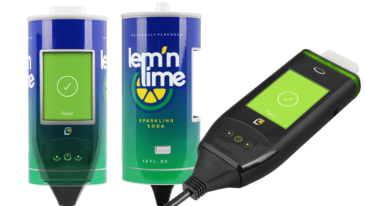
If you have an interlock device installed on your vehicle, there will be some maintenance required to keep it performing properly. One aspect of this maintenance is not only for the function of the device, but also for sanitary reasons, and it’s with regard to the interlock mouthpiece.
The mouthpiece is a key component of the interlock device and must be regularly cleaned and replaced to avoid nasty bacteria build-up as well as ensuring you get an accurate reading. In this post, we’re going to go over the mouthpiece and let you know how often you should change it on your interlock device.
What is An Interlock Device?
First, here’s a quick overview of the device itself. An interlock device works just like a breathalyzer to measure the amount of alcohol in a person’s system. If the person’s blood alcohol consumption (BAC) level exceeds a pre-programmed amount, then the interlock device will temporarily lock the vehicle’s ignition.
The interlock device is typically installed as part of the agreement after being sentenced in court for driving under the influence instead of fully revoking the person’s driving privileges. The person then has the freedom to drive to work, attend school, or perform other essential tasks, while the device prevents drunk driving. These interlock devices are used widely in most U.S. states and seen as beneficial to both the offender as well as the public.
How Does the Interlock Device Work?
In an initial test, the driver will simply blow into the interlock device. If the sample is below the set level, the car will start as it normally would. However, if alcohol is detected, the car will not start for a determined amount of time. After this time period has ended, the person can then try again. Each time the test is failed, the wait time becomes increasingly longer.
Most states also require random retesting while driving, known as a “rolling retest.” While the driver is on the road, the interlock device will beep, and the person must deliver another breath sample. If alcohol is detected at the time, the device will signal for the driver to pull over and stop, typically by blowing the car horn or flashing the lights. The car will not turn off while it is in motion. This ensures the driver does not consume alcohol after performing the initial test.
What is the Interlock Mouthpiece?
Simply put, the interlock mouthpiece is the component that the person puts their mouth on to blow into the device. It is a plastic part that is shaped like a cylinder and is located at the top of the interlock device. The mouthpiece is a removable piece that is inserted into the device, enabling the driver to give a breath sample.
The interlock mouthpieces are easy to use and rather sanitary, however, over time, bacteria can build up, and other unsanitary particles like dirt and dust can build up on the mouthpiece. You need to leave your mouthpiece in the device because of the random rolling retests mentioned above.
Because of this, users should regularly change the mouthpiece for the duration of their time using the device. This both keeps the device clean and ensures that the readings will be accurate.
How Often Should You Change Your Interlock Mouthpiece?
To maintain your interlock device functionality and cleanliness, you should change your interlock mouthpiece at every calibration or service appointment. These are typically set at every 30 or 60 days from installation, depending on which state you live in. You can also keep a few extra mouthpieces in your car so you can easily replace the mouthpiece as needed on your own.
At each appointment, you should receive a few new mouthpieces from your provider so that you will always have a supply on hand. You should be able to receive as many pieces as you want during your appointment, so you can keep your mouthpiece as fresh as desired.
Summary
Since the cleanliness of your mouthpiece is vital to the functionality of your interlock device, you will want to make sure you replace it at least every 30 days to make sure you are giving accurate readings and sticking to the requirements of your program. You wouldn’t want to put a dirty mouthpiece in your mouth anyway, so make sure to keep track of how long your device has been mounted and change it regularly. Visit Low Cost Interlock online for more information on interlock devices.


